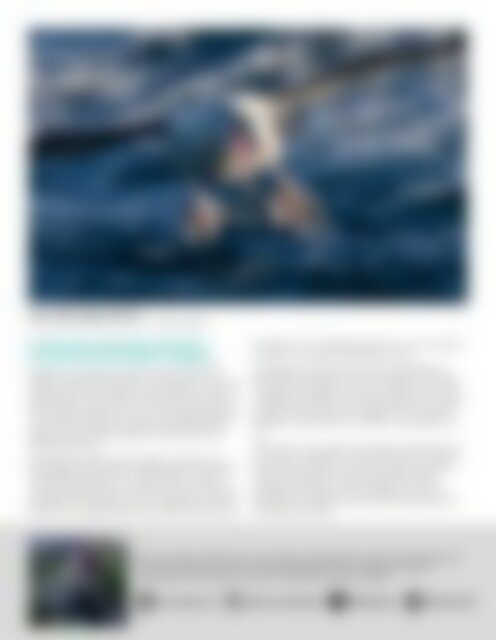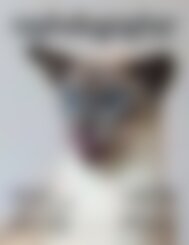NZPhotographer Issue 61, November 2022
As of December 2022, NZPhotographer magazine is only available when you purchase an annual or monthly subscription via the NZP website. Find out more: www.nzphotographer.nz
As of December 2022, NZPhotographer magazine is only available when you purchase an annual or monthly subscription via the NZP website. Find out more: www.nzphotographer.nz
Create successful ePaper yourself
Turn your PDF publications into a flip-book with our unique Google optimized e-Paper software.
Toroa / White-capped Albatross<br />
Nikon D500, 80-400mm lens @ F6.3, 1/4000s, ISO800<br />
PUTTING THE GEAR INTO PRACTICE -<br />
ON LOCATION AT ŌTEPOTI, DUNEDIN<br />
Ōtepoti is an absolute hotspot for big charismatic<br />
wildlife, albatrosses, sea lions, and penguins, as well as<br />
being close to the Orokonui Ecosanctuary, which is a<br />
great place to get close to some more elusive birds. I<br />
am a seabird scientist, so most of my favourite photos<br />
come from boat trips with Monarch Wildlife Cruises,<br />
going out past Taiaroa Head to meet up with the<br />
albatrosses at sea.<br />
Getting good behavioural images is all about your<br />
knowledge of the birds and being able to anticipate<br />
what they’re going to do, as seen with my whitecapped<br />
albatross shot. It comes with time in the field,<br />
and there’s no substitute for it! A variable zoom lens is<br />
perfect for conditions like these where the action can<br />
be distant, but as the birds approach, you may need<br />
to zoom out to get the framing you want.<br />
Sometimes I need the wide end of the 80-400mm!<br />
Having Buller’s albatross an arms-length away made<br />
me wish I’d swapped out for the 12-24mm for a while<br />
– definitely next time. I love the perspective of having<br />
the birds soaring directly overhead, and having the<br />
flexibility to zoom back out to 80mm was perfect for<br />
this.<br />
Meanwhile, Cape petrel are gorgeous little birds and<br />
a constant companion at sea. My goal is to illustrate<br />
birds in their habitats, and on this choppy day, the<br />
waves gave plenty of opportunities for a splash<br />
background. Timing is a mix of reflexes, luck, and<br />
learning to anticipate how the birds will interact with<br />
the wind and waves.<br />
Edin is a seabird scientist and conservation photographer based in Tāmaki Makaurau<br />
/ Auckland. Both her research and photography focuses on pelagic seabirds -<br />
shearwaters and petrels - as well as conservation issues for wildlife.<br />
www.edinz.com twitter.com/edinatw @edinzphoto<br />
@edinzphoto

















